Description
Take your younger elementary students on an exploration of life science, earth science, and physical science with the Learning About Science Collection, Level 2. These eight books study what an ecosystem is, how food chains work, why animals hibernate, how plants grow, some of the ways we use plants, major body systems and key organs and tissues, the water cycle, types of clouds, the planets, constellations, forces, simple machines, the scientific method, famous scientists, and more. Students can personalize each book by coloring the illustrations and tracing the key words in the space provided. Incorporate some fun and handwriting practice into science. Review activity sheets with answer keys are included. Perfect for 1st-3rd grade! 163 pages total. Ages 5-10.
This collection is a great introduction to numerous core science topics. If you wish to make it a full-year science curriculum, you may wish to add things such as books from the library, unit studies, and experiments or hands-on activities. See a preview of each title at the links below.
You might also enjoy our Print & Cursive Connections Set 2: Science as fun supplements to this series.
All measurements are given in both English and metric. This title does not discuss origins or the age of the earth. If you would like to explore the topics in this book from a Creation science worldview, a free download is included with links to numerous free resources to help you do that.
Understanding Food Chains: What is an ecosystem, and how does the sun play an important part in what every living thing eats? Find the answers to these questions and much more in this unit about food chains. Students discover what a food chain is, how animals can be both predators and prey, and how every food chain starts with the sun as they learn about food chains of animals that live in the arctic, Australian woodlands, boreal forests, coniferous forests, deciduous forests, deserts, grasslands, marshes, mountains, oceans, ponds, rain forests, and the tundra. 21 pages total.
Why Do Animals Hibernate? Students learn about hibernation and other ways animals survive the winter months in this unit by looking at the life of a bat, bear, chipmunk, groundhog, hedgehog, frog, snake, turtle, squirrel, beaver, and raccoon. Also included is a bonus question for each animal to encourage discussion and additional discovery. 25 pages total.
Plants: How They Grow and How They Help Us: Explore the world of plants in this unit that explains pollination as students look at the life cycle of an apple tree, pumpkins, cocoa beans, sunflowers, and conifers. Learn the names of familiar flowers and trees, and take a closer look at some of the many ways we use plants in our everyday lives for food, spices, oils, and many other items. 21 pages total.
A Closer Look at Body Systems: Students discover the roles of key body systems and the major organs, cells, and tissues that make them up in this unit. Take a look at the circulatory system and the job of the heart, arteries, veins, capillaries, red blood cells, white blood cells, and platelets. Explore the respiratory system and learn about the nose, lungs, and air sacs. Move into the digestive system and learn about the mouth, esophagus, stomach, small intestine, villi, large intestine, and liver. Also covered are the urinary system (kidneys and bladder), nervous system (brain and nerve cells), muscular system (skeletal muscles, smooth muscles, and cardiac muscles), and skeletal system (bone cells). 19 pages total.
The Cycle of Water and Types of Clouds: Students follow the water cycle through this unit as they learn about evaporation, condensation, precipitation, runoff, infiltration, and transpiration, and then learn the shapes of stratus, stratocumulus, altostratus, altocumulus, cirrus, cumulus, and cumulonimbus clouds. 17 pages total.
The Solar System: Planets, Earth’s Moon & Constellations: Take your students on a tour of the solar system as they discover the sun, planets, satellites, constellations, and more, and introduce them to the phases of the moon with this unit. 26 pages total.
Forces and Simple Machines: Students explore the concepts of motion, distance, and speed; learn about forces such as pushing, pulling, friction, and gravity; and discover the roles of simple machines such as the inclined plane, wheel and axle, lever, wedge, pulley, and screw in the complex machines we use every day. 15 pages total.
Scientists and the Scientific Method: Show your students the steps to the scientific method in this unit, and then introduce them to the jobs of scientists such as physicists, chemists, botanists, zoologists and more. Conclude with a brief look at the lives of 14 famous scientists including Galileo, Isaac Newton, Benjamin Franklin, Benjamin Banneker, Caroline Herschel, Mary Somerville, Thomas Alva Edison, George Washington Carver, Albert Einstein, Alexander Fleming, Willem Kolff, Patricia Bath, Sally Ride, and Mae Jemison. 19 pages total.
Discussion Helps: Free discussion guide to help you explore the topics in the Learning About Science Level 2 series from a Creation science worldview.

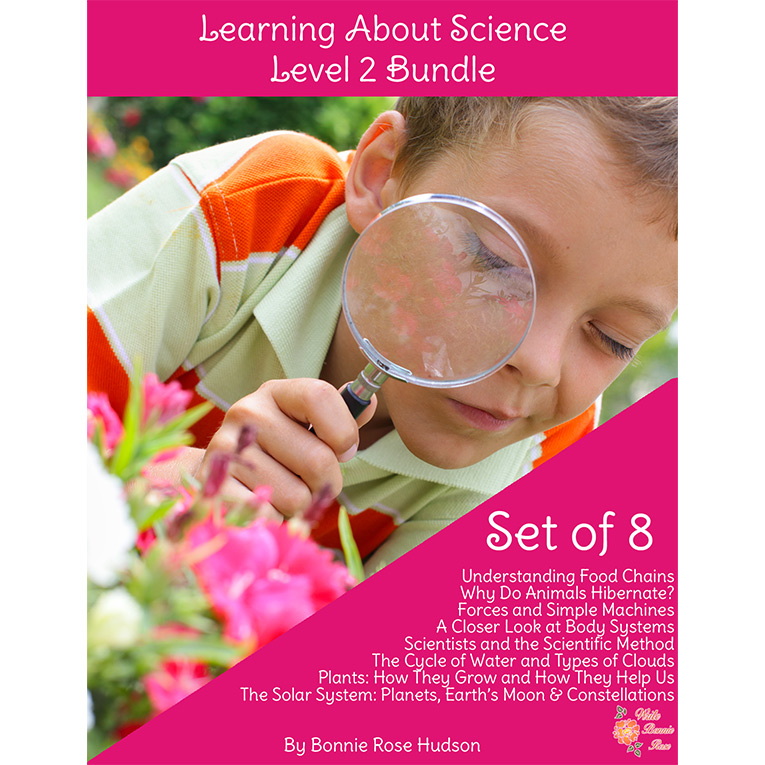
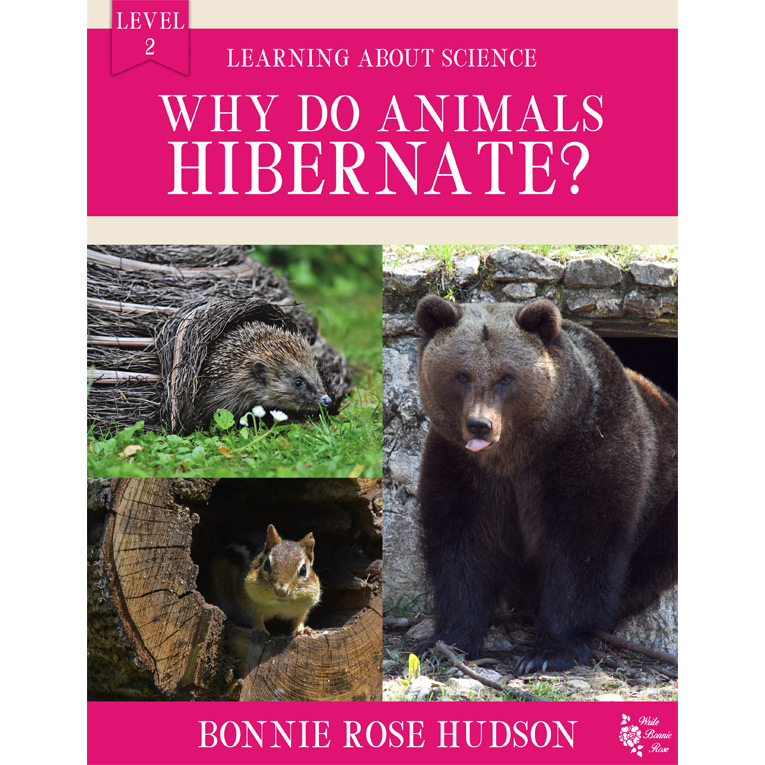
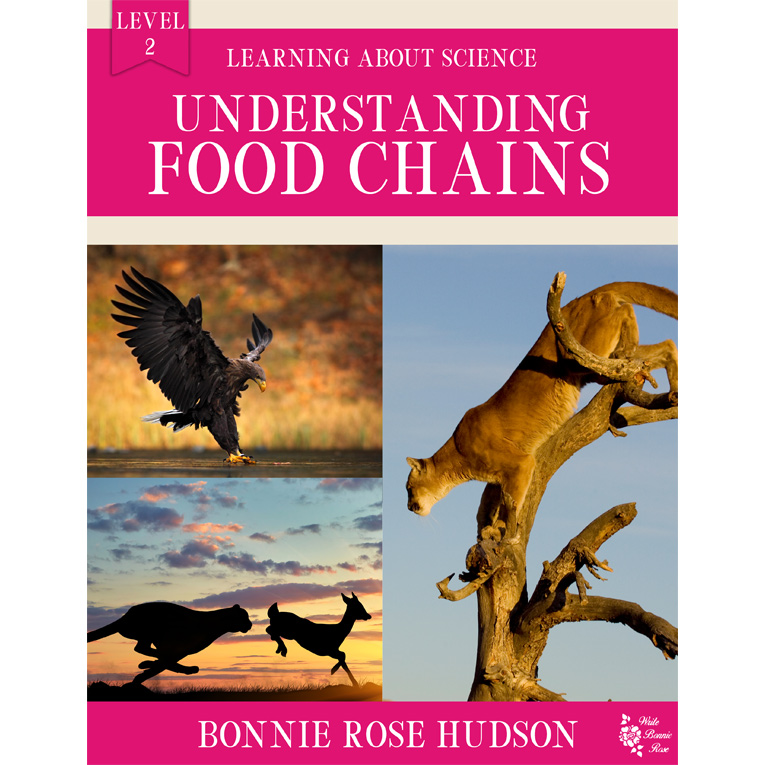
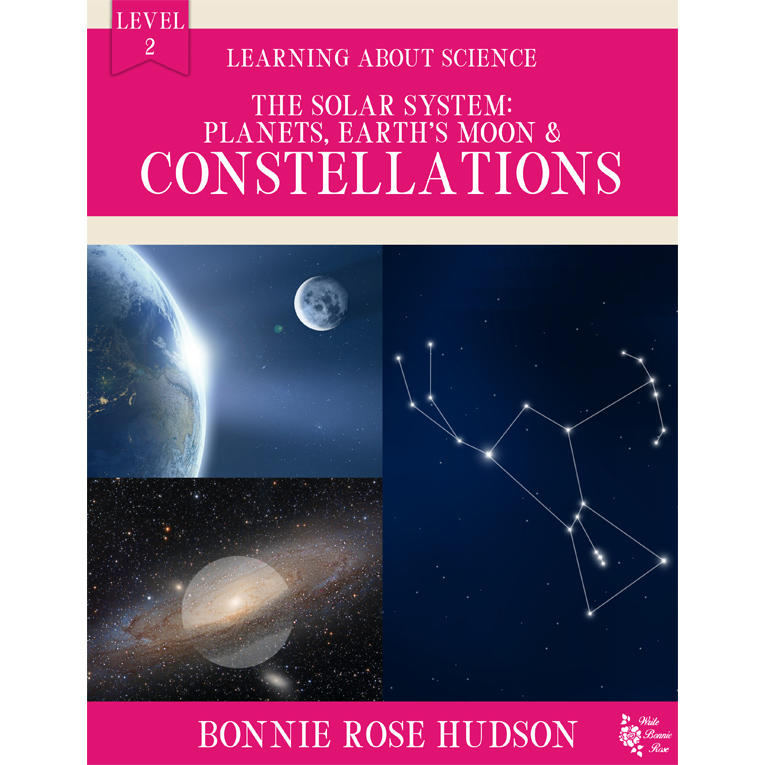
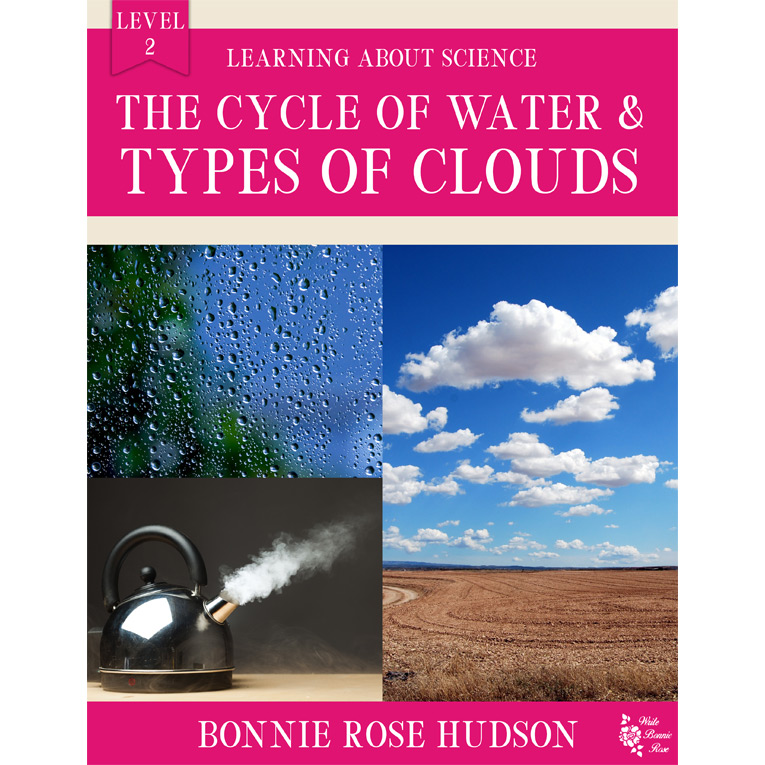
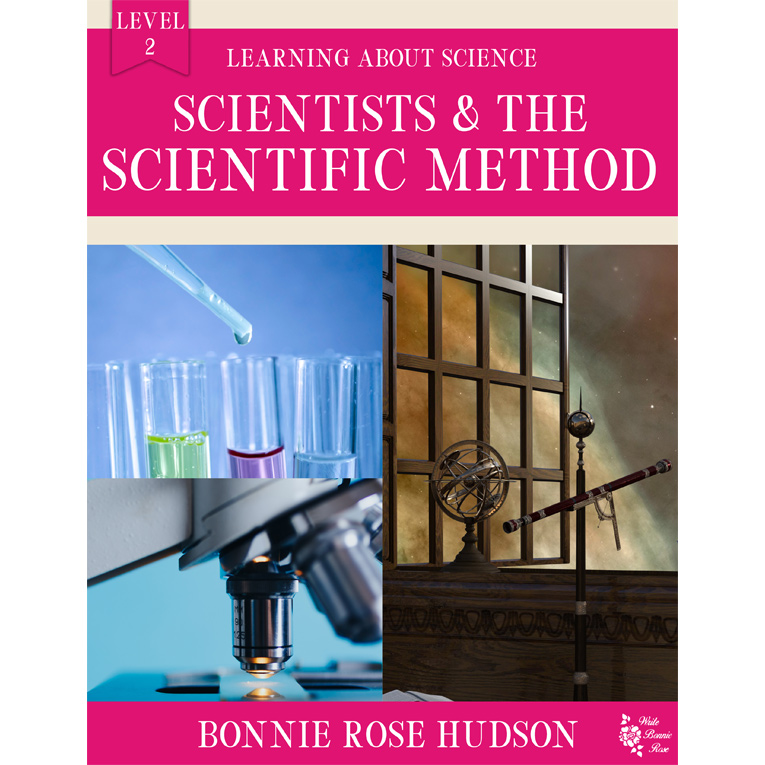
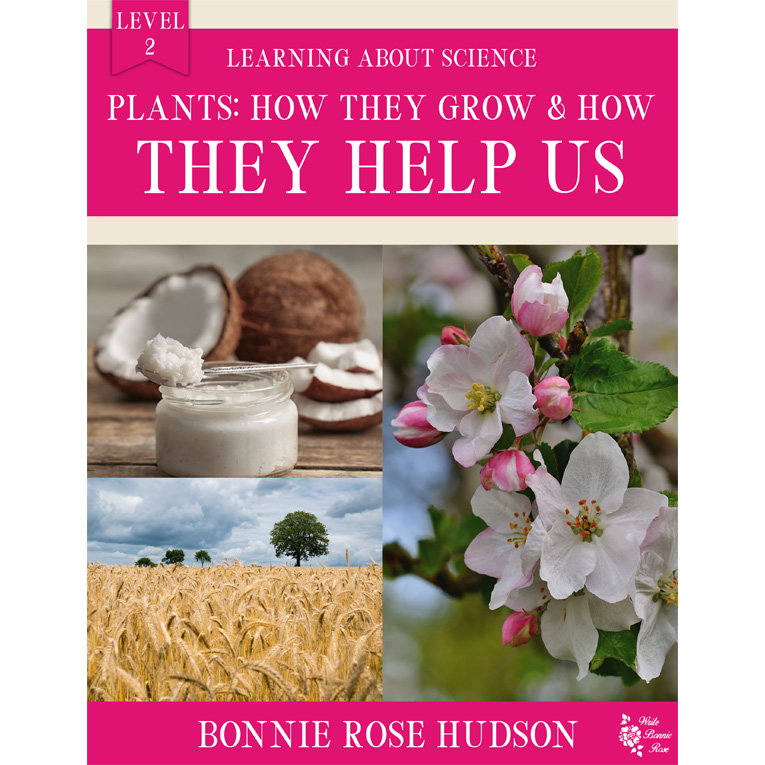
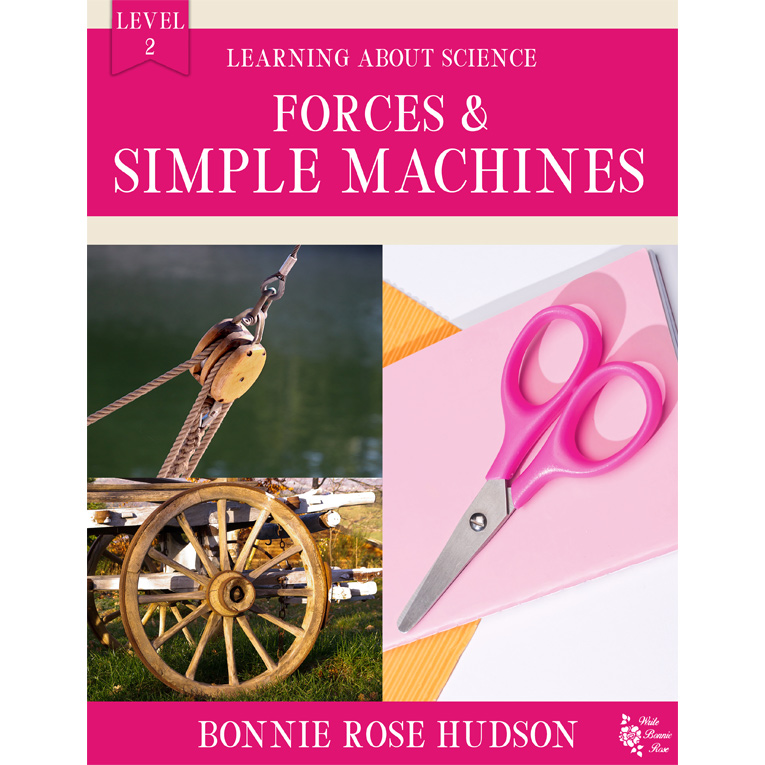
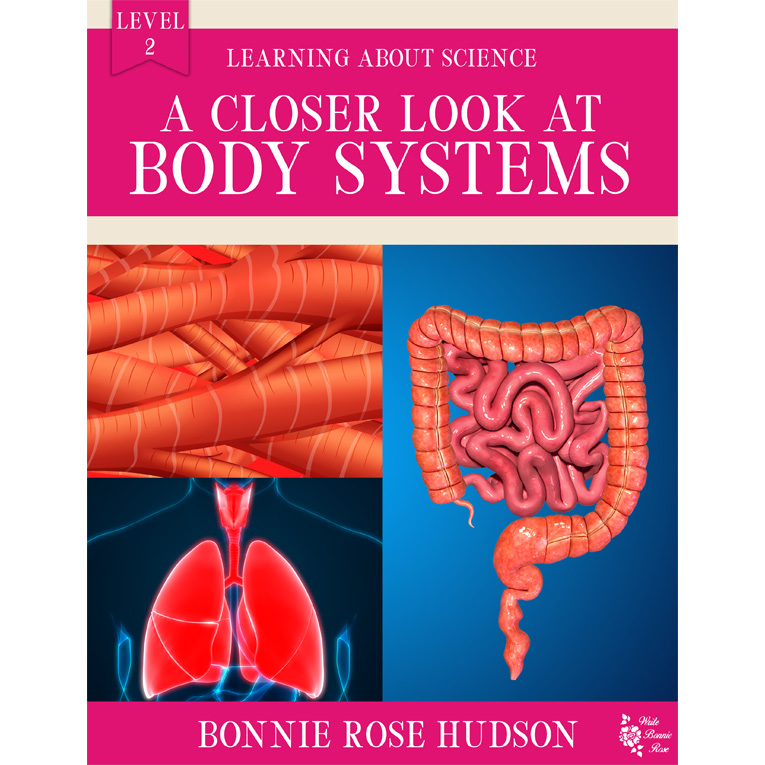
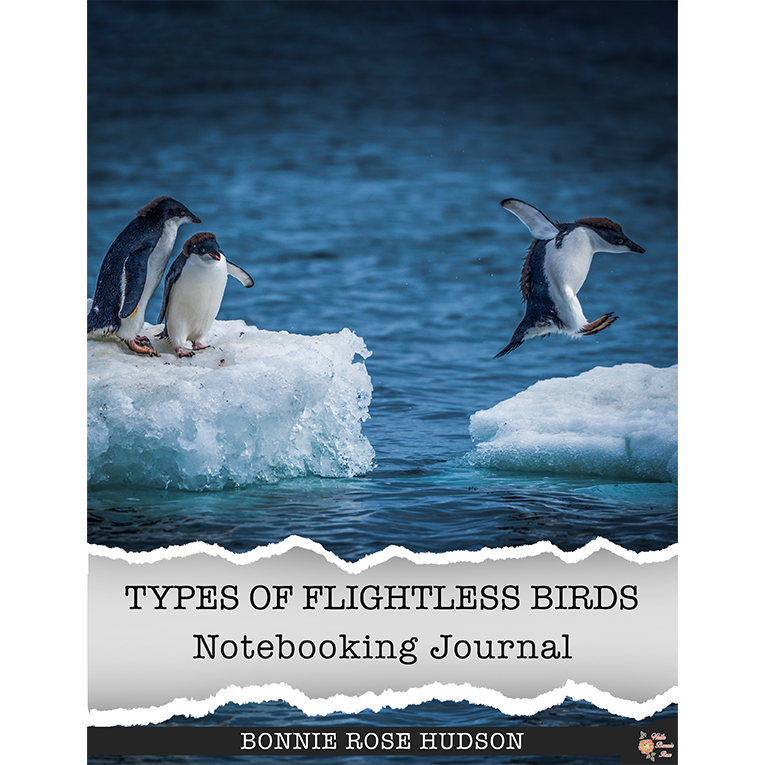
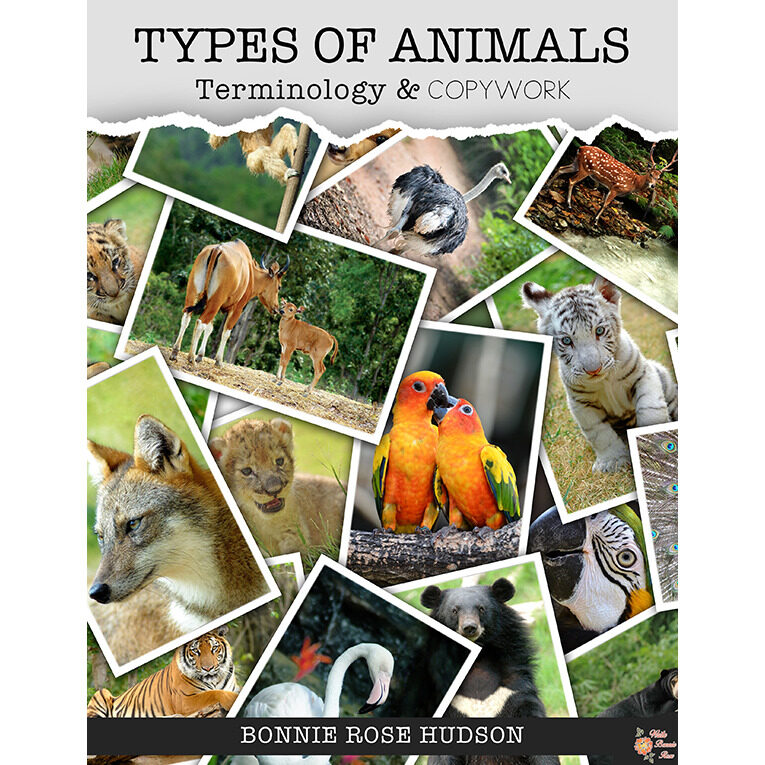
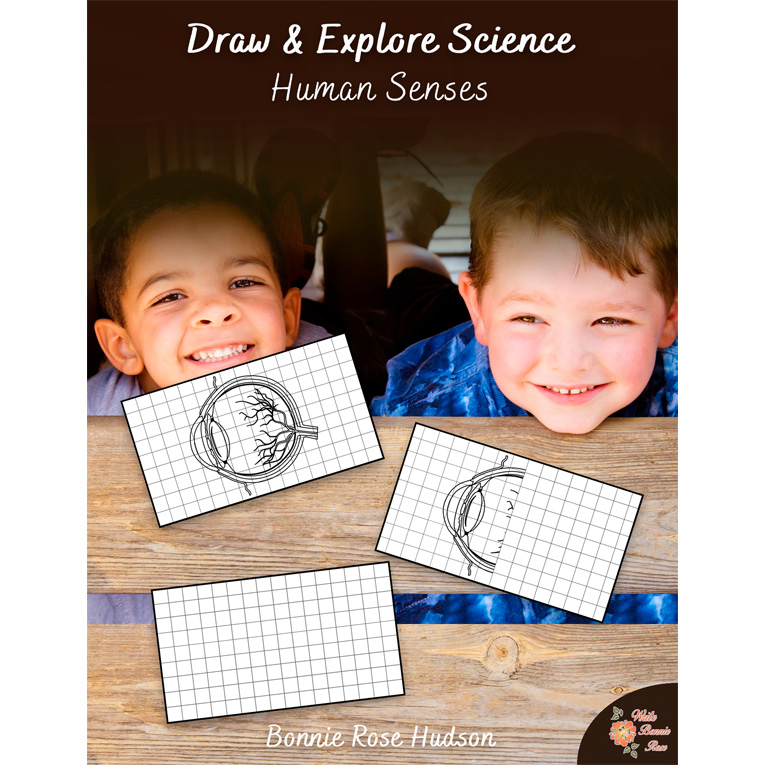
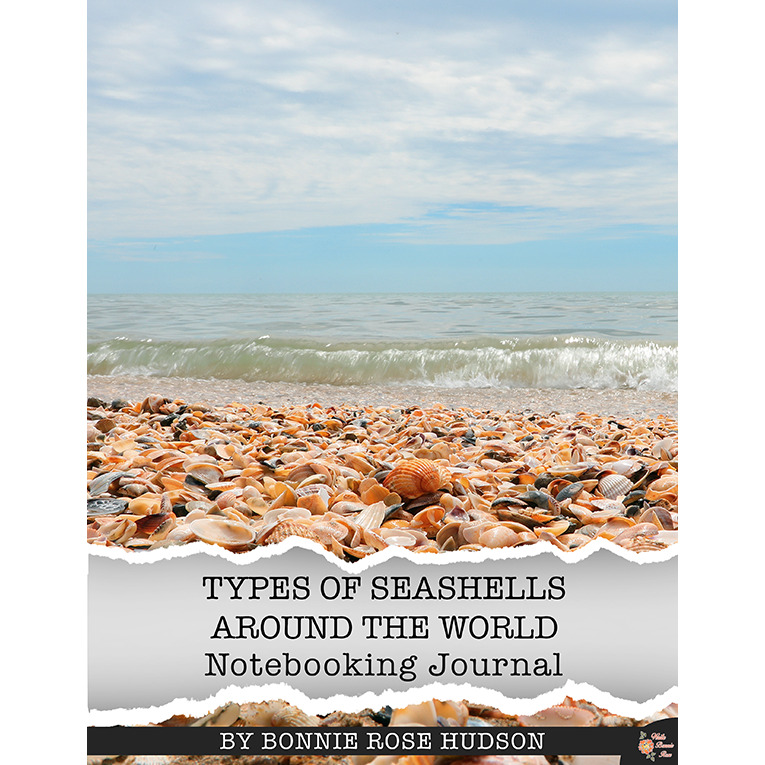
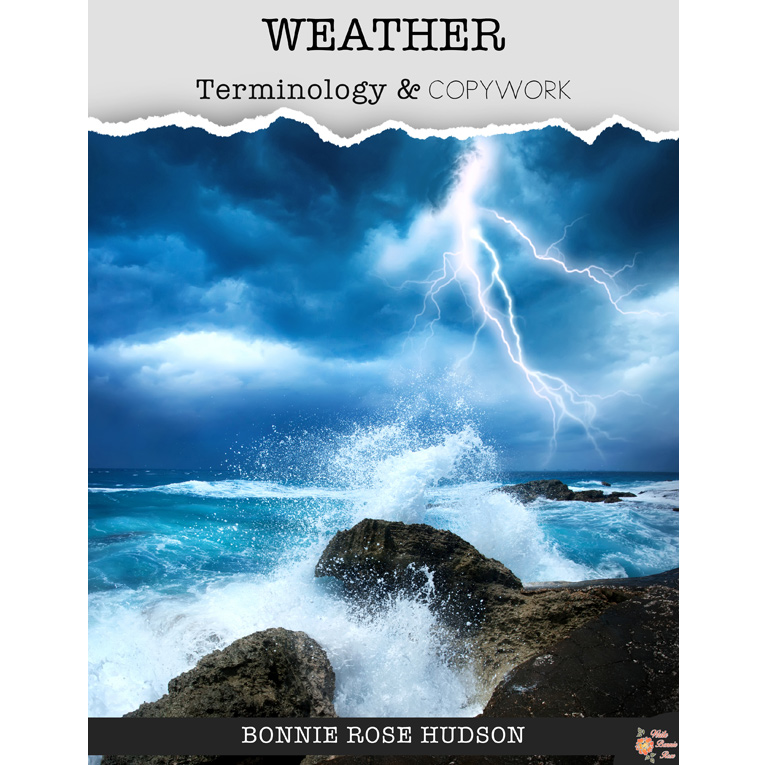
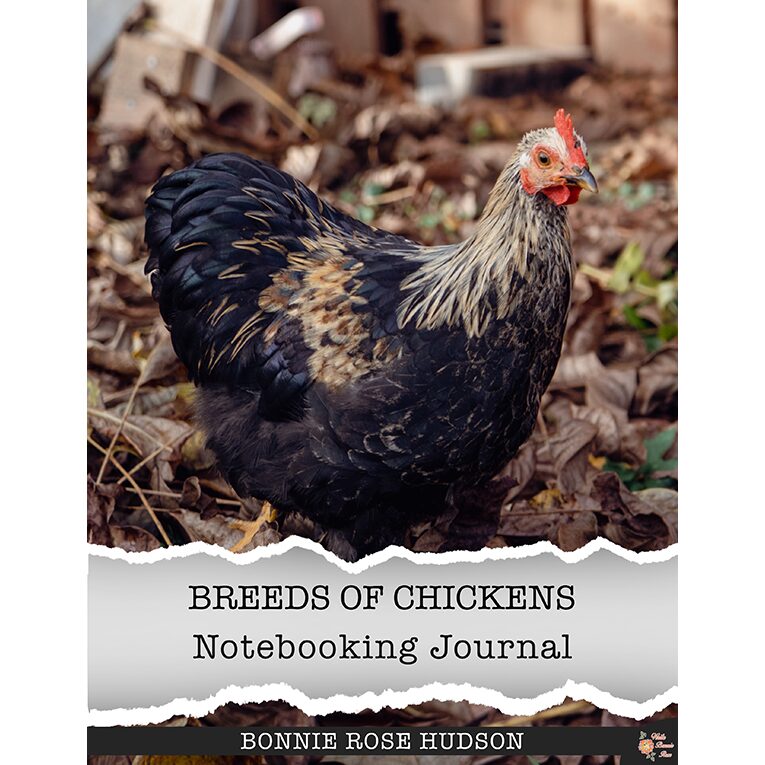
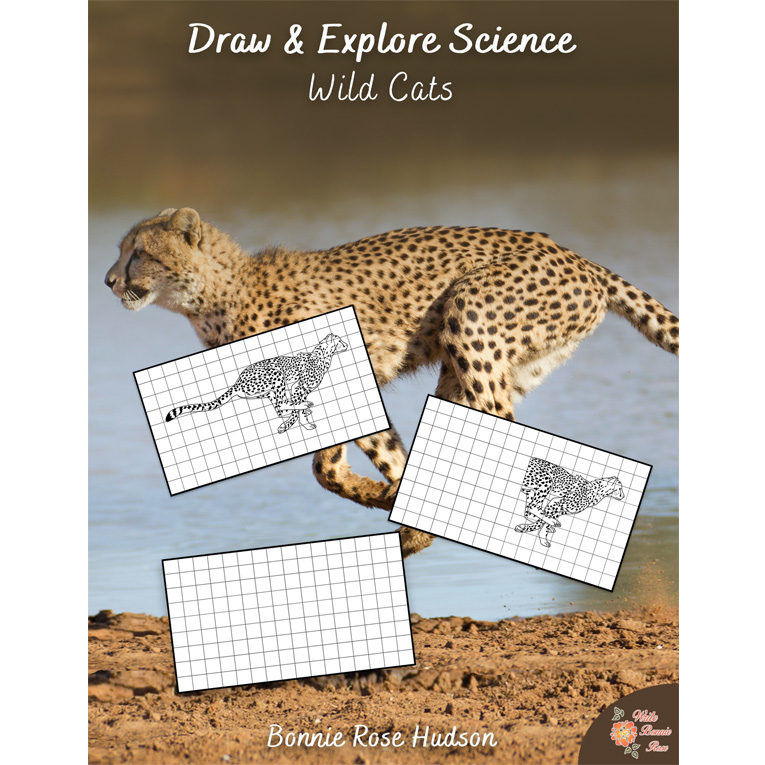
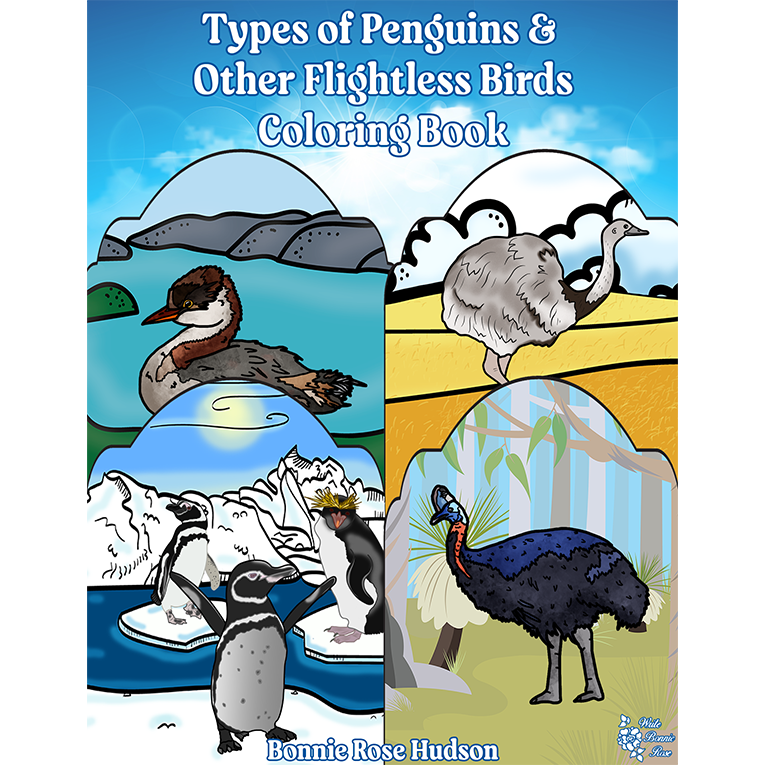
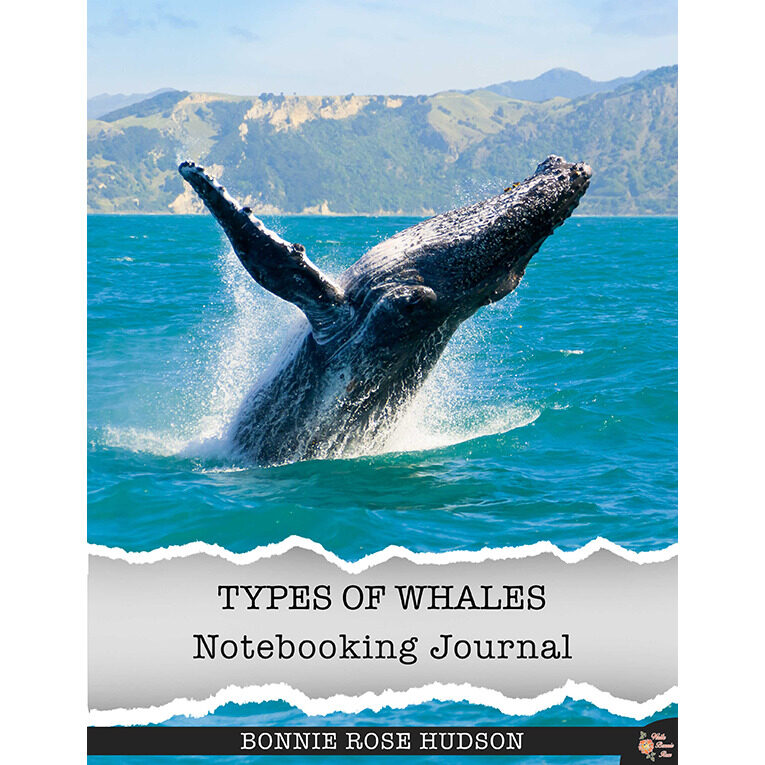
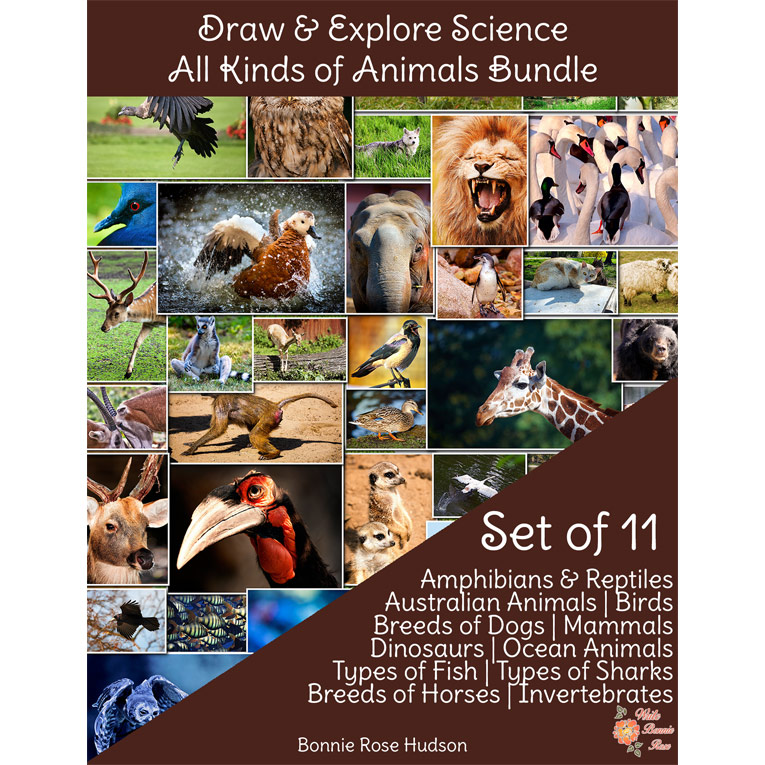

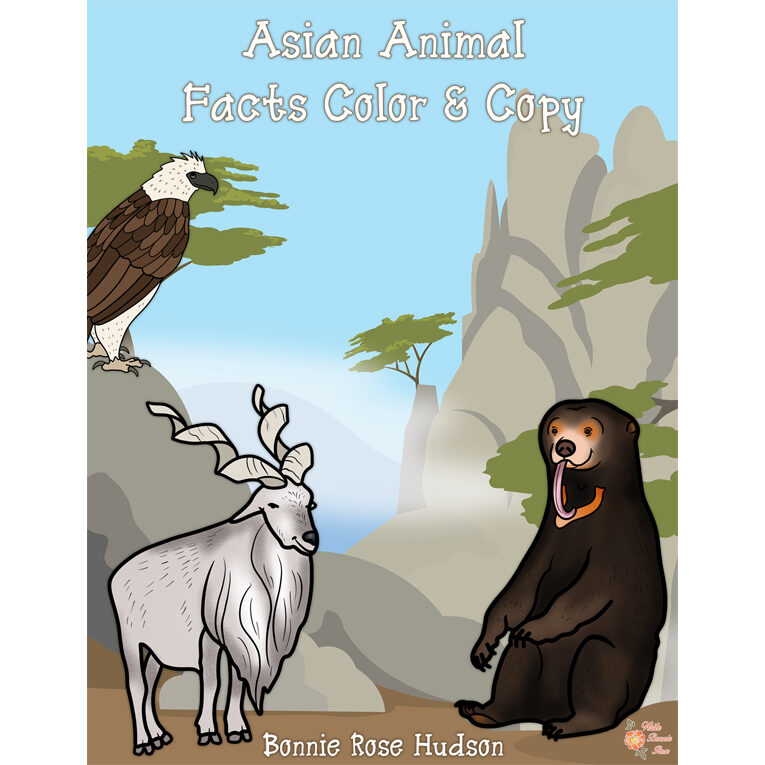
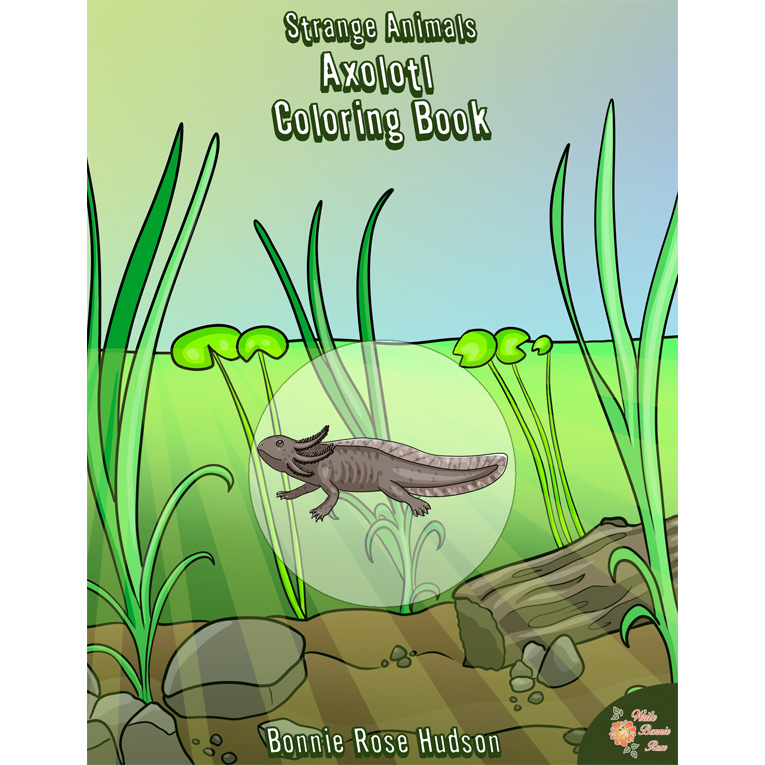
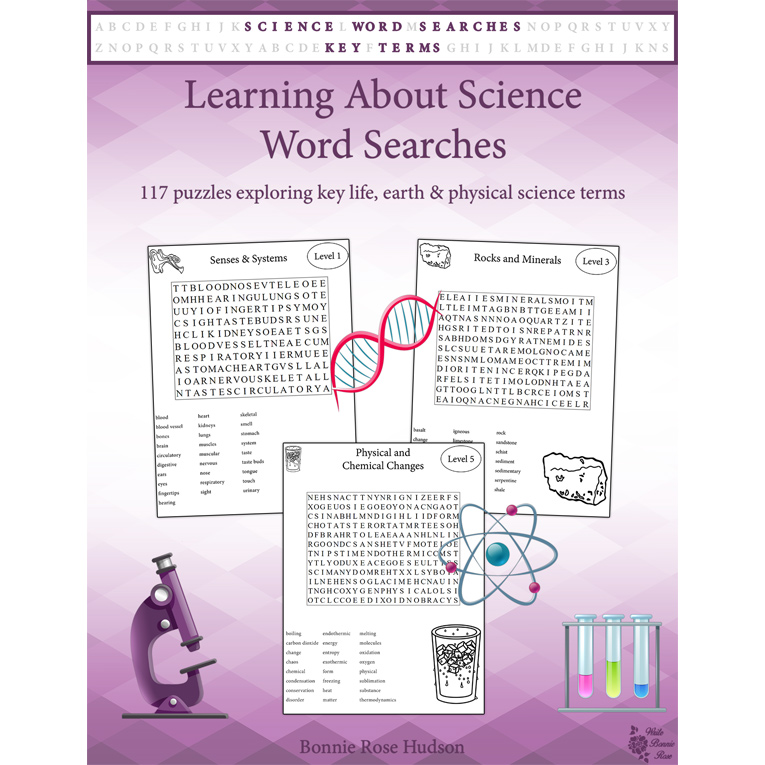
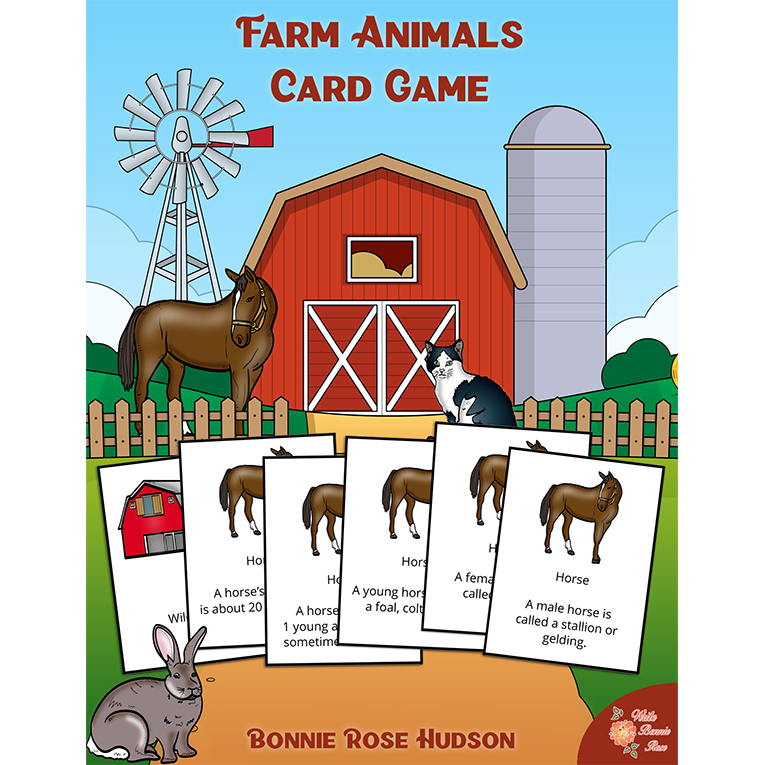
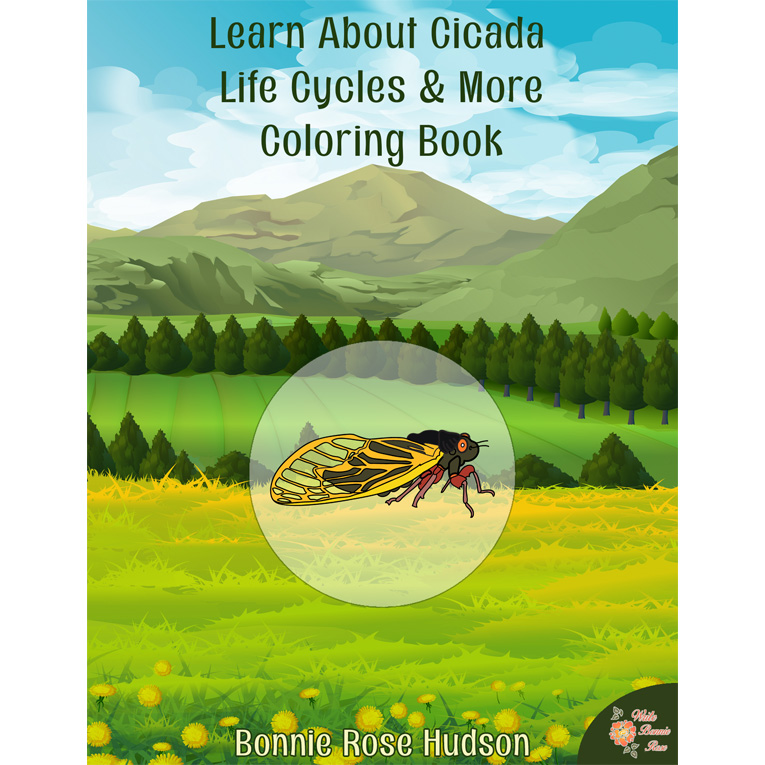
Teri –
Great
WriteBonnieRose –
Thank you!
Taryn –
Looks great
WriteBonnieRose –
Thank you so much!
Sherri Snyder –
Awesome!
WriteBonnieRose –
Thank you very much!
mattandheatherwood (verified owner) –
These workbooks are an excellent introduction to science: just in depth enough to whet appetites to ask more about what piques their interest. We used this bundle for 1-3rd graders. I love that multiple kids can work on this together. We actually do science just before lunch – the kids work through a few pages while I prepare lunch and can hear the oldest reading the content out loud. We often find ourselves going down rabbit trails after lunch to explore more in-depth on a single topic. So glad I bought these!
WriteBonnieRose –
It makes me so happy to hear this, thank you!